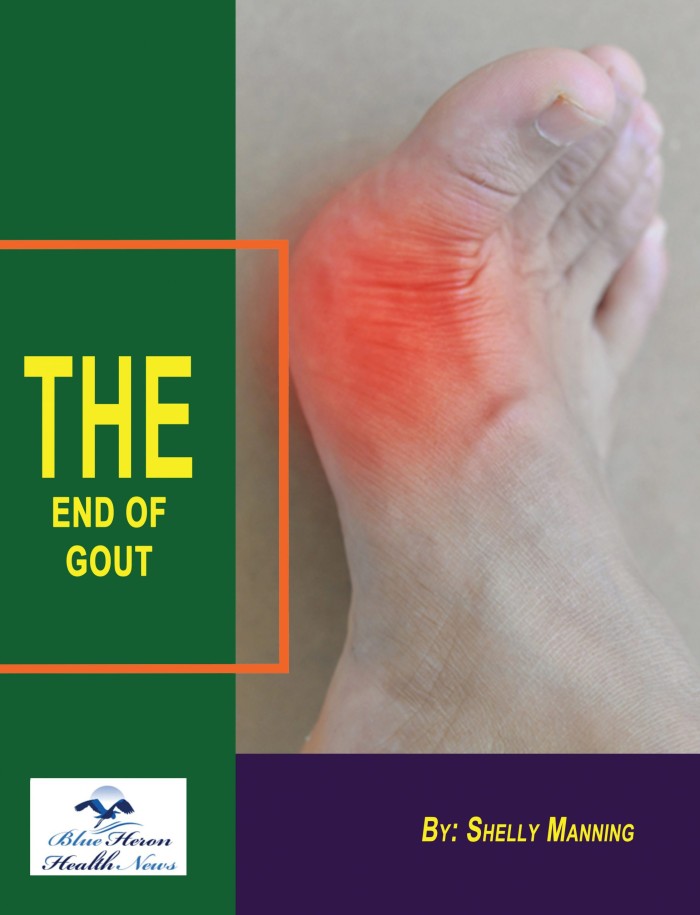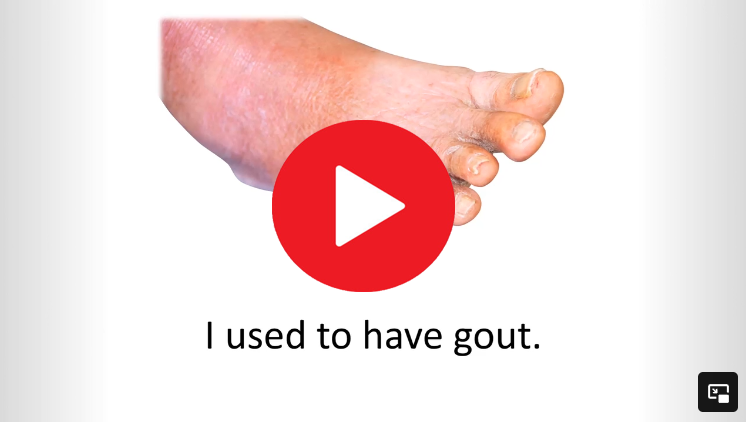What is the role of purines in gout?
Purines play a central role in the development of gout. They are natural substances found in many foods and are also produced by the body. When purines are broken down, they produce uric acid, which is then usually dissolved in the blood and excreted in urine. However, when there is an excess of uric acid or the kidneys cannot effectively remove it, it can lead to the formation of urate crystals in the joints, causing gout. Here’s a detailed look at the role of purines in gout:
What are Purines?
Definition and Sources:
- Purines: Purines are nitrogen-containing compounds found in both plant and animal foods. They are essential for the synthesis of nucleotides, which are the building blocks of DNA and RNA.
- Sources: Foods high in purines include red meat, organ meats (like liver and kidneys), certain seafood (such as sardines, anchovies, and mussels), and beverages like beer and sugary drinks. Plant-based foods like asparagus, spinach, and legumes also contain purines but to a lesser extent.
- Endogenous Production: In addition to dietary intake, the body produces purines through cellular processes.
Sources:
- Arthritis Foundation – Gout and Diet: Dos and Don’ts
- Mayo Clinic – Gout Diet: What’s Allowed, What’s Not
Role of Purines in Uric Acid Production
Metabolism:
- Breakdown: When purines are metabolized, they are broken down into uric acid. This process involves several steps, where purines are converted into hypoxanthine, then to xanthine, and finally to uric acid by the enzyme xanthine oxidase.
- Uric Acid Levels: Normally, uric acid is dissolved in the blood, passes through the kidneys, and is excreted in the urine. However, when uric acid production exceeds excretion, it leads to hyperuricemia, which can result in the formation of urate crystals in the joints.
Sources:
- National Institute of Arthritis and Musculoskeletal and Skin Diseases (NIAMS) – Gout
- American College of Rheumatology – Gout
How Purines Contribute to Gout
Hyperuricemia and Crystal Formation:
- Excess Uric Acid: High purine intake can lead to elevated levels of uric acid in the blood (hyperuricemia). When the concentration of uric acid becomes too high, it can precipitate out of the blood and form sharp, needle-like urate crystals in the joints and surrounding tissues.
- Inflammatory Response: The immune system reacts to these crystals by sending white blood cells to the affected area, causing inflammation, pain, redness, and swelling typical of a gout attack.
Risk Factors:
- Dietary Factors: Diets high in purines significantly increase the risk of developing gout. Regular consumption of purine-rich foods, alcohol (especially beer), and sugary drinks contributes to elevated uric acid levels.
- Genetic Predisposition: Some people have a genetic predisposition to produce higher levels of uric acid or to have a reduced ability to excrete it, making them more susceptible to gout.
Sources:
- Arthritis Foundation – Gout and Diet
- Cleveland Clinic – Understanding Uric Acid
Management and Prevention
Dietary Modifications:
- Low-Purine Diet: Reducing intake of high-purine foods can help manage uric acid levels and prevent gout attacks. Incorporating low-purine foods such as low-fat dairy, fruits, vegetables, and whole grains is recommended.
- Hydration: Drinking plenty of water helps to dilute uric acid and promotes its excretion through urine.
Medications:
- Urate-Lowering Therapy: Medications like allopurinol and febuxostat reduce uric acid production. Probenecid increases uric acid excretion by the kidneys.
- Acute Attack Management: During gout attacks, NSAIDs, colchicine, and corticosteroids can help reduce inflammation and pain.
Sources:
- Mayo Clinic – Gout Treatment
- National Kidney Foundation – Diet and Gout
Conclusion
Purines play a crucial role in the development of gout through their metabolism into uric acid. High intake of purine-rich foods can lead to hyperuricemia and the formation of urate crystals, triggering gout attacks. Managing purine intake through dietary changes and medications is essential for preventing and controlling gout.
References:
- Arthritis Foundation – Gout and Diet: Dos and Don’ts
- Mayo Clinic – Gout Diet: What’s Allowed, What’s Not
- National Institute of Arthritis and Musculoskeletal and Skin Diseases (NIAMS) – Gout
- American College of Rheumatology – Gout
- Cleveland Clinic – Understanding Uric Acid
- National Kidney Foundation – Diet and Gout

